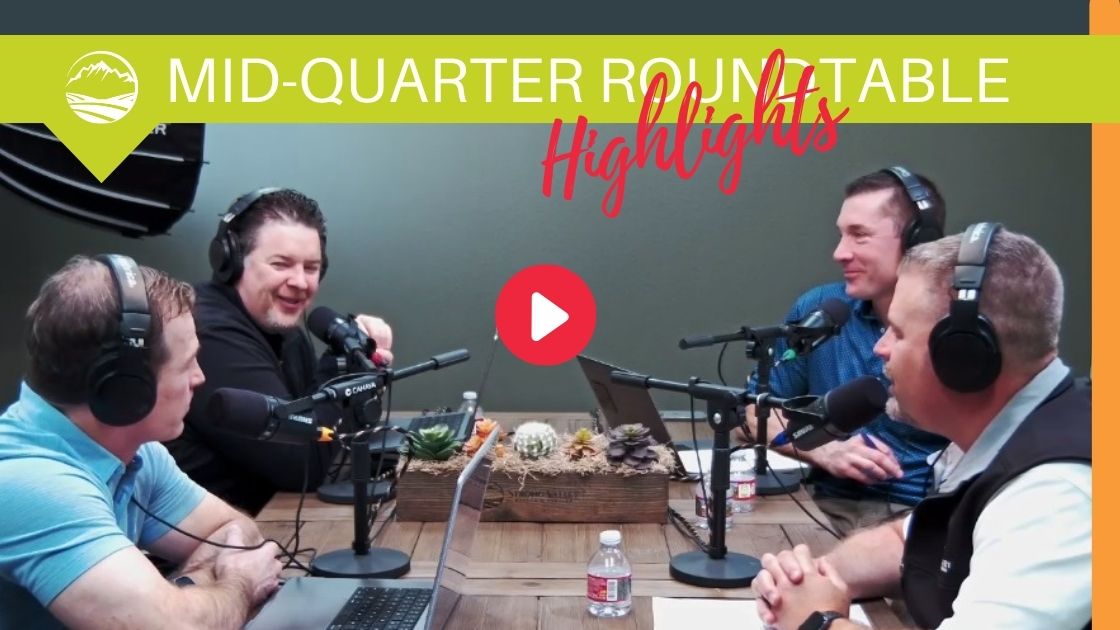You are now leaving the Strong Valley Wealth & Pension, LLC ("Strong Valley") website. By clicking on the "Schwab Alliance Access" link below you will be entering the Charles Schwab & Co., Inc. (“Schwab”) Website. Schwab is a registered broker-dealer, and is not affiliated with Strong Valley or any advisor(s) whose name(s) appears on this Website. Strong Valley is/are independently owned and operated. Schwab neither endorses nor recommends Strong Valley. Regardless of any referral or recommendation, Schwab does not endorse or recommend the investment strategy of any advisor. Schwab has agreements with Strong Valley under which Schwab provides Strong Valley with services related to your account. Schwab does not review the Strong Valley website(s), and makes no representation regarding the content of the Website(s). The information contained in the Strong Valley website should not be considered to be either a recommendation by Schwab or a solicitation of any offer to purchase or sell any securities.

One of the simplest options for nonprofits wishing to provide employees with access to a tax-advantaged retirement plan is the 403(b) arrangement, which can be attractive due to tax laws. Over the years, the tax laws have been amended to bring 403(b) plan features more into line with those of 401(k) plans, but this article discusses important differences that remain.

For all employers, offering retirement benefits can play a For all employers, offering retirement benefits can play a fundamental role in recruiting and retaining qualified employees. Yet, despite the obvious advantages that come with helping workers save for retirement, we believe, many not-for-profit organizations neglect to provide a retirement plan or do too little to assist workers in reaching their retirement savings goals.
One of the simplest options for nonprofits wishing to provide employees with access to a tax-advantaged retirement plan is the 403(b) arrangement, which can be attractive due to tax laws.
Available to public schools and organizations that qualify as nonprofits under section 501(c)(3) of the Internal Revenue Code. The 403(b) plan is often regarded as the equivalent of the 401(k) for the not-for-profit sector. Over the years, the tax laws have been amended to bring 403(b) plan features more into line with those of 401(k) plans, but important differences remain.
Because contributions to a 403(b) plan are typically made on a pre-tax basis, money going into the plan is deducted from the employee’s salary before federal income taxes. Consequently, by lowering taxable salary, participants are able to lower their federal income tax each year they participate in the plan. Money contributed to a 403(b) account grows tax-deferred until retirement, when qualified distributions are taxed as ordinary income.
Withdrawals from a 403(b) account prior to age 59½ are only available under certain circumstances, such as a participant becoming disabled or experiencing hardship. Early withdrawals may be subject to a 10% federal income tax penalty, unless a qualified exception applies.
Some 403(b) plans allow employees to borrow money from their accounts under certain circumstances, but these loans must be paid back with interest. Since January 2006, 403(b) providers may also give participants the option of making elective contributions using after-tax dollars to Roth 403(b) accounts, but is tax-free (including earnings) when distributed.
The Pension Protection Act of 2006 made permanent the previously enhanced annual contribution limit for both 401(k)s and 403(b)s, with adjustments for inflation. The 2022 elective deferral limit is set at $20,500 for workers under age 50, with a $6,500 annual catch-up contribution allowed for workers over age 50. In certain cases, employees who have been with eligible employers for at least 15 years also may be permitted to make an additional contribution.
The law further permits 403(b) plan providers to expand the circumstances under which participants may make hardship withdrawals without incurring penalties to include crises or hardships befalling not just participants and their dependents, but also domestic partners and certain non-dependents.
There are, however, some significant differences between 401(k) and 403(b) plans. For employers, establishing a 403(b) plan can be considerably easier than sponsoring a 401(k) plan. Unlike 401(k) plans, 403(b) arrangements are not necessarily governed by the complex requirements of the Employment Retirement Income Security Act.
To set up a 403(b) plan that receives only elective-deferral contributions, the nonprofit organization chooses the financial institutions that will be responsible for establishing and administering the accounts, arranges for the payroll administrator to deduct contributions from employees’ paychecks, notifies employees of their provider options, and explains to employees how salary deferrals can be arranged. The employer is generally required to offer all employees the opportunity to make 403(b) plan salary-deferral contributions.
Employers may choose to contribute to employee 403(b) accounts, usually by matching a percentage of employee contributions. But if the employer makes contributions, the 403(b) plan becomes subject to ERISA, which imposes discrimination testing, as well as other restrictions and reporting requirements.
Unlike many 401(k) plans, most 403(b) plans have no vesting schedule. The participant is, therefore, automatically entitled to all the funds in the account, including employer contributions, regardless of his or her length of service. Tax-free rollovers to IRAs and most employment-based retirement plans are allowed when the participant moves to another organization.
While 403(b) plan participants were originally permitted to invest their savings exclusively in variable or fixed annuity contracts with insurance companies, participants may now invest directly with mutual fund companies. Many nonprofits have a list of approved 403(b) investment product vendors from which participants may choose. But because many nonprofits have selected insurance companies as their primary approved 403(b) providers, participants often fail to take advantage of the mutual fund alternative, and continue to put most of their money in annuities.
Although nonprofits that offer employees access to 403(b) plans with no employer contributions do not have the same fiduciary responsibilities as 401(k) plan sponsors, organizations should nonetheless make an effort to educate employees participating in 403(b) plans about the fees, surrender charges, and risks associated with each investment option.
. . . .
Source Links:
https://www.ebri.org/docs/default-source/fast-facts/ff-318-k-40year-5nov18.pdf
This material waThis material was created to provide accurate and reliable information on the subjects covered but should not be regarded as a complete analysis of these subjects. It is not intended to provide specific legal, tax or other professional advice. The services of an appropriate professional should be sought regarding your individual situation.
A 403(b) plan (tax-sheltered annuity plan or TSA) is a retirement plan offered by public schools and certain charities. It's similar to a 401(k) plan maintained by a for-profit entity. Just as with a 401(k) plan, a 403(b) plan lets employees defer some of their salary into individual accounts. The deferred salary is generally not subject to federal or state income tax until it's distributed. However, a 403(b) plan may also offer designated Roth accounts. Salary contributed to a Roth account is taxed currently but is tax-free (including earnings) when distributed.
Mutual funds are sold by prospectus only. Before investing, investors should carefully consider the investment objectives, risks, charges and expenses of a mutual fund. The fund prospectus provides this and other important information. Please contact your representative or the Company to obtain a prospectus. Please read the prospectus carefully before investing or sending money.
An annuity is a contract between you and an insurance company. All guarantees and protections are subject to the claims-paying ability of the issuing insurance company, but the guarantees do not apply to any variable accounts, which are subject to investment risk, including the possible loss of principal. For further information please consult your financial advisor.
Before rolling assets over from a qualified plan, you should consider various factors. These factors include but are not limited to the following: Investment Choices, Fees and Expenses, Services provided by new option, Penalty-Free withdrawals, Required Minimum Distributions, and Tax considerations. Speak to a tax professional about your individual situation before taking any action.



